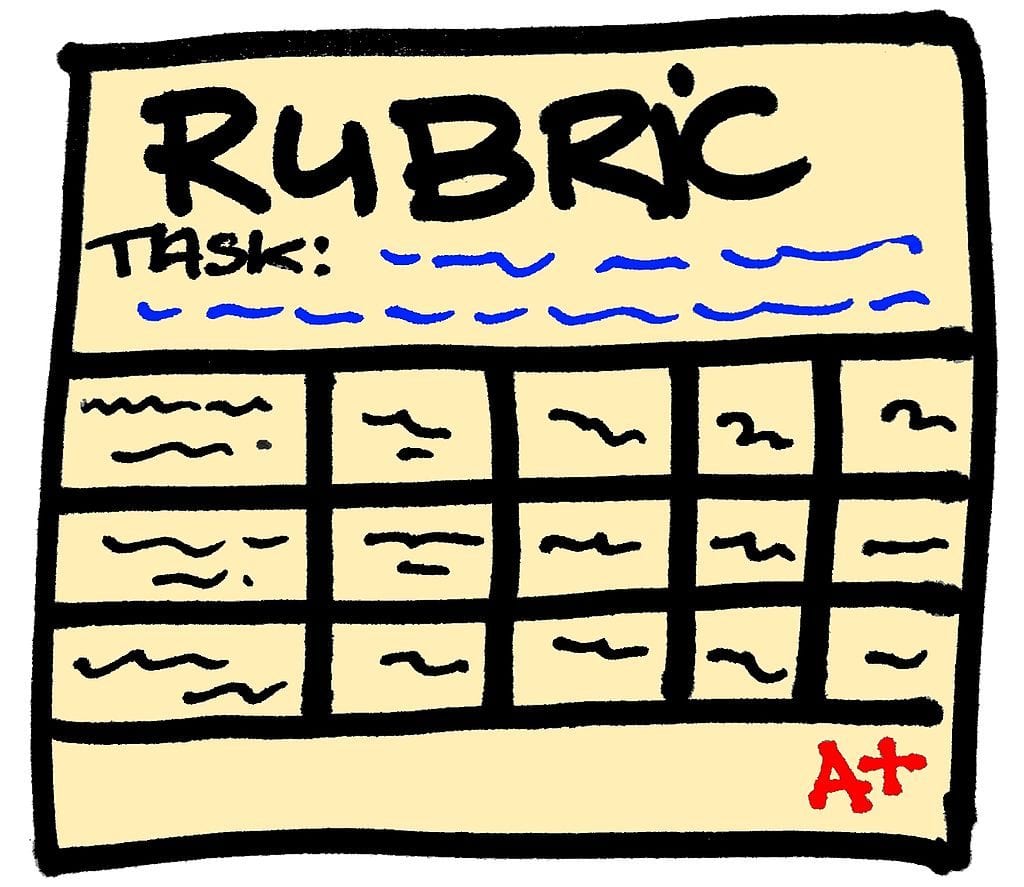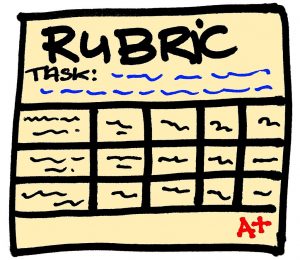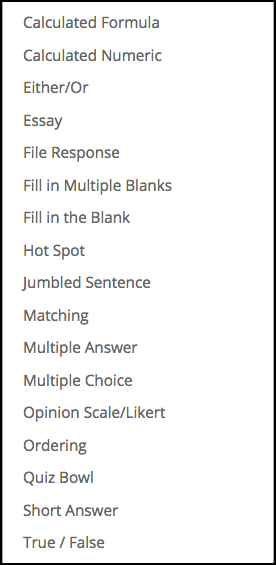
In Day 4, #creativeHE looks at the perennial issue of Assessment and Feedback – in particular, how to include aspects of creativity into the process.
Sandra starts out by linking to a blog post using “Little Boxes on the Hillside” as an introduction to aspects of innovation in assessment (lyrics) – she then asks us to think of songs and how they could link to assessment.
My first thought was Pink Floyd’s Brick in the Wall (lyrics)
Thinking about how I’d link both to innovation in assessment didn’t take long. Little Boxes has learners being the same, Brick in the Wall has the teacher very much in control. Few staff believe in either, so it wasn’t unduly hard to make the links.
Lets start thinking about Little Boxes – how can I allow students to really demonstrate how they’re unique? In my teaching, I’ve always tried to be innovative, and have included aspects such as assessing contributions to discussion boards, participation in Social media etc, and have encouraged them to use those in ways that suit the way they’ve interpreted their learning. One issue that I have struggled with other the years, if I am asking students to “reflect” – do they really reflect for themselves and their learning, or are they just following some kind of pattern for writing reflections – as NomadWarMachine notes in the blog post linked from the #creativeHE post above. [As an aside, I’ve used a quote by Rowling often in sessions on reflection for students – See page 3 of Reflective Writing Guidance notes for students (Watton, Collings & Moon 2001) ] It’s a difficult one, perhaps others can suggest how they’ve tried to get students to reflect for themselves – but to also share those thoughts with another. (It’s probably never going to work, few tell others what they’re “really” thinking)
If we now move to Brick in the Wall; how to move away from the teacher being seen as the one in control. For the last several years that I was teaching, I got students involved with the development of a rubric as part of the assessment. I’d tried various different approaches, but, the final time I tried it, there were several stages. Initially, as a group they developed the rubric (each time I did the activity, I became acutely aware of how little students really understood the generic criteria in use across the University). Once developed, they had to use it for self & peer marking, and I also used it, to mark the same artefact. The final time, however, I added in as a final reflection on that process, getting students to think both about the value of peer / self reflection generally – and whether the final year was too late to introduce it, but I also got them to critique the tool they’d developed.

Finally, a shout out for the next Learning X – which is going to be on Innovation in Assessment.








